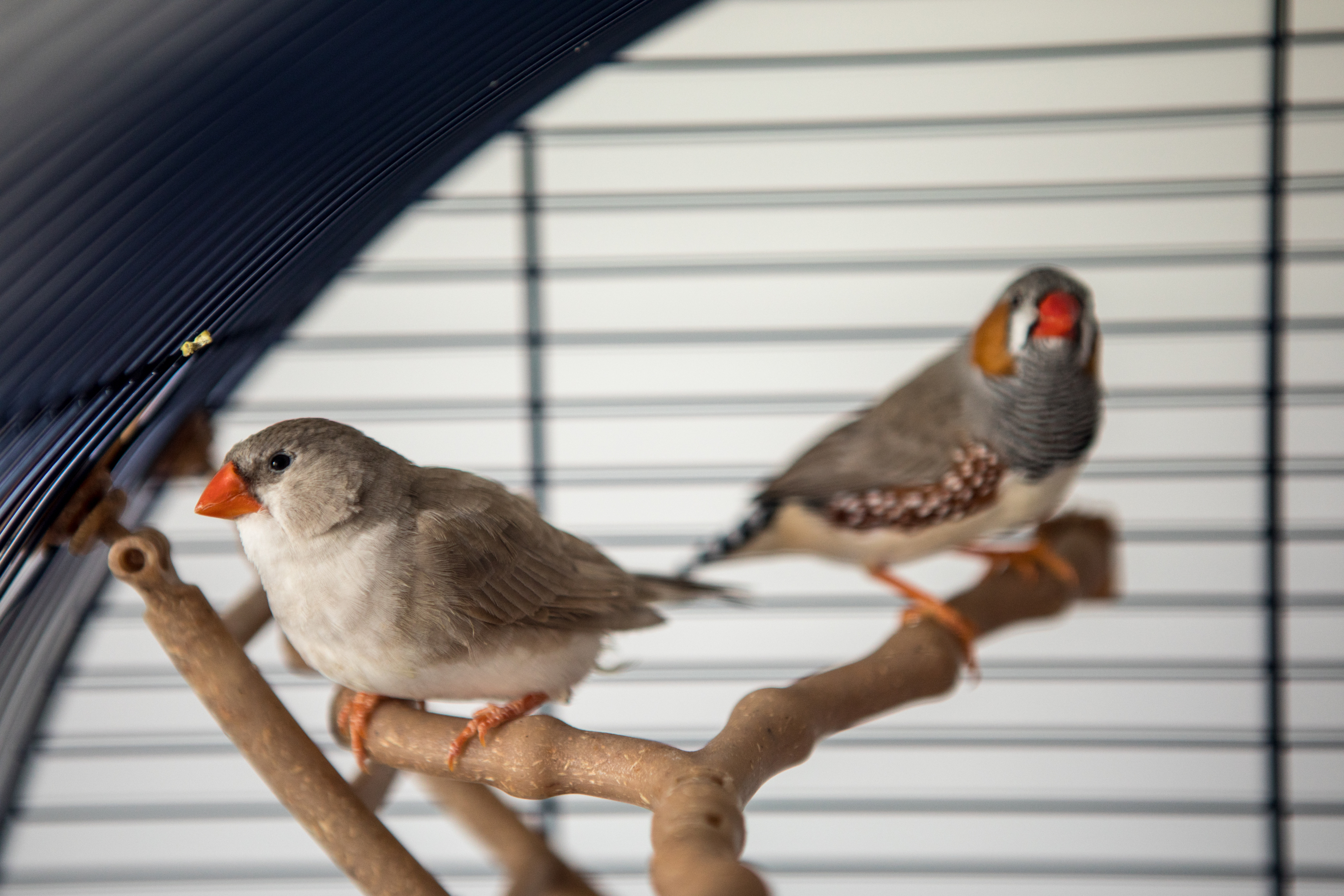A Field Learning to Sing: The Science of Neuronal Networks

Because birds share our talent for nuanced vocal communication, they make excellent models for helping us understand verbal learning and memory.
We like to think of the human brain as a pinnacle of evolution. It’s certainly capable of remarkable feats, which so far no machine seems able to emulate.
But our human brains still haven’t figured out how the human brain works. Which does sound like a circular, reflexive proposition. But that doesn’t mean scientists aren’t trying.
Psychologists and economists are looking at the problem from outside in: Can we figure out the brain’s organizing principles by studying behavior? They’ve made some amazing discoveries at this macro level.
What about the micro level, the actual neurons and synapses? Those are generally the purview of neurobiologists, who focus on the cells and electrochemical networks that receive, move, and analyze—or in neurobiology terms, “compute”—outside inputs. And neurobiologists are lately benefitting from an explosion of new technologies that allow them to explore these in entirely new ways.
Real breakthroughs in understanding the brain will likely come only when behavior specialists and neurobiologists work closely together to bridge the gap between the macro and the micro. Doing so, however, is complicated by the fact that the experimental approaches, tools, and even the laboratories each uses are so different.
Animal studies are bringing these fields closer together. (Neuroethology, for instance, combines the study of natural animal behavior with neurobiology). While neuroscientists often use rodents and primates as animal models because of characteristics they share with us humans, we also have some important neurological functions in common with birds.
 Because birds share our talent for nuanced vocal communication, they make excellent models for helping us understand verbal learning and memory. Dan Margoliash has been studying the neurobiology of how birds learn and remember their songs for much of his long, productive career. What he’s learned provides critical clues to understanding our own brains, from how sleep influences learning to how problems like stuttering can arise.
Because birds share our talent for nuanced vocal communication, they make excellent models for helping us understand verbal learning and memory. Dan Margoliash has been studying the neurobiology of how birds learn and remember their songs for much of his long, productive career. What he’s learned provides critical clues to understanding our own brains, from how sleep influences learning to how problems like stuttering can arise.
Margoliash has teamed up with Jason MacLean, who develops models of neural network function. He uses many of neurobiology’s emerging technologies like optogenetics and two-photon imaging to investigate brain mechanisms. Together, MacLean and Margoliash intend to characterize the interactions between the cells that allow birds to learn and remember singing behaviors, thus providing clues to how we ourselves learn speech. Their ambitious plan just won a large investment from the US BRAIN Initiative.
 Information transfer between neurons is both electrical and chemical, with electrically charged ions commonly carrying impulses via specialized channels in the cells; the channels admit these particular ions while still maintaining cell integrity. Margoliash’s lab had already discovered in studies of zebra finches a relationship between the size of the ion currents from cell to cell and the songs of individual birds. (They also found the further tantalizing fact that finch siblings who sing similar songs also show remarkably similar ion currents and electrical spikes in their cell networks.)
Information transfer between neurons is both electrical and chemical, with electrically charged ions commonly carrying impulses via specialized channels in the cells; the channels admit these particular ions while still maintaining cell integrity. Margoliash’s lab had already discovered in studies of zebra finches a relationship between the size of the ion currents from cell to cell and the songs of individual birds. (They also found the further tantalizing fact that finch siblings who sing similar songs also show remarkably similar ion currents and electrical spikes in their cell networks.)
So Margoliash and MacLean are looking at the activity among cells, first in slices of the birds’ brain tissue in the lab. Using two-photon imaging, they are comparing the interactions of neurons in individual birds who sing similar or different songs. They will then use techniques of statistical physics and network science to build up “draft” models of how neuronal networks in the birds’ speech centers appear to be working in these slices.
The next step will be to apply the same imaging techniques to the brain cells in live birds, first while they are sleeping and exposed to playback of their songs, and then while they are actually singing. These more complex experiments will inform the first round of revisions in their models.
Optogenetics—using pulses of lights to turn genes on and off in the cells under study—will allow the team to further explore the models’ accuracy, both in brain slices and behaving birds, and revise them accordingly. The team will then use genetic and viral techniques to temporarily take cells out of the networks and see how this affects the birds’ singing behaviors—one more way to test the validity of the models they are honing.
Finally, they will examine individual cells in the networks to identify how each is working, the ion channels that allow them to carry out their functions, and how cell variety influences variations in the birds’ songs.
Clearly, none of this invasive work would be possible in humans. But by working with birds and combining expertise from diverse research fields, the team can generate an understanding of neural organization likely reflected in our own brains. The BRAIN Initiative is banking on the fact that these investigations will bring us one step closer to understanding how our most precious resource works.
Elise Wachspress is a senior communications strategist for University of Chicago Medicine & Biological Sciences Development.